Carbon fate in the deep ocean
The biological carbon pump can be broken down into three stages: the formation of biogenic carbon at the surface (production), the transfer below the mixed layer (export) and the attenuation of the flux in the mesopelagic zone (200-2000 m), towards long-term storage (> 1000 years) in the deep ocean and sediments. For operational reasons, the years 1980-2000 were strongly focused on the first two components of the biological pump (international JGOFS programme). The depth of carbon flux attenuation with depth, which imposes strong constraints on the time scales of carbon storage in the deep ocean, is constrained by ocean dynamics (turbulence, small scales, etc.), dissolution processes, biological activity (heterotrophic activity, respiration) and particle behaviour (sedimentation, aggregation/desaggregation). The evolution of observation means (autonomous platforms, high frequency measurements, acoustics, imaging, molecular biology, etc.), as well as progress in modelling (computer power, taking complexity into account, Artificial Intelligence), now make it possible to tackle this question head-on. LEMAR is fully involved in this new dynamic and relies on its expertise in the description of the fate of dissolved organic matter, the silicon, iron and carbon cycles, the role of zooplankton, remineralisation processes, particle dynamics, the study of the small scale in the mesopelagic zone (see AR2. 1 CHIBIDO), modelling (in connection with the ITM Atlantic teams developing approaches in Artificial Intelligence), microbiology or ecology to get involved and carry out international projects on this topic. In addition, the laboratory actively participated in the creation of the international consortium JETZON (Joint Exploration of the Twilight Zone Ocean Network: https://jetzon.org/) coordinating programmes on the mesopelagic zone.
The ocean dynamics is structured on scales ranging from a thousand kilometers, a few meters, through the tens / hundreds of kilometers.

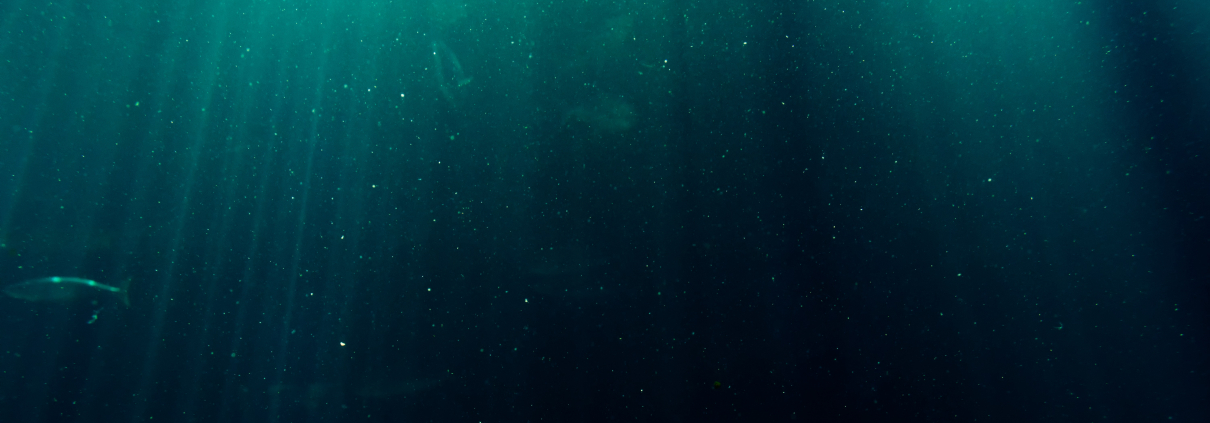 Source: https://www.pexels.com/
Source: https://www.pexels.com/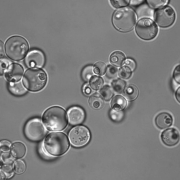
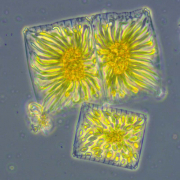
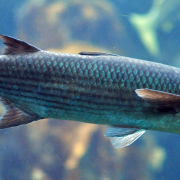
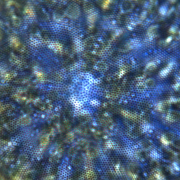
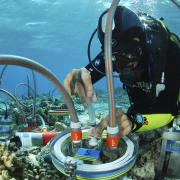
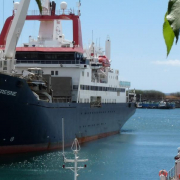
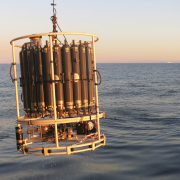
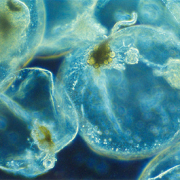 http://planktonnet.awi.de (provided under a Creative Commons Attribution 3.0 License)
http://planktonnet.awi.de (provided under a Creative Commons Attribution 3.0 License) 




 http://planktonnet.awi.de (provided under a Creative Commons Attribution 3.0 License)
http://planktonnet.awi.de (provided under a Creative Commons Attribution 3.0 License)